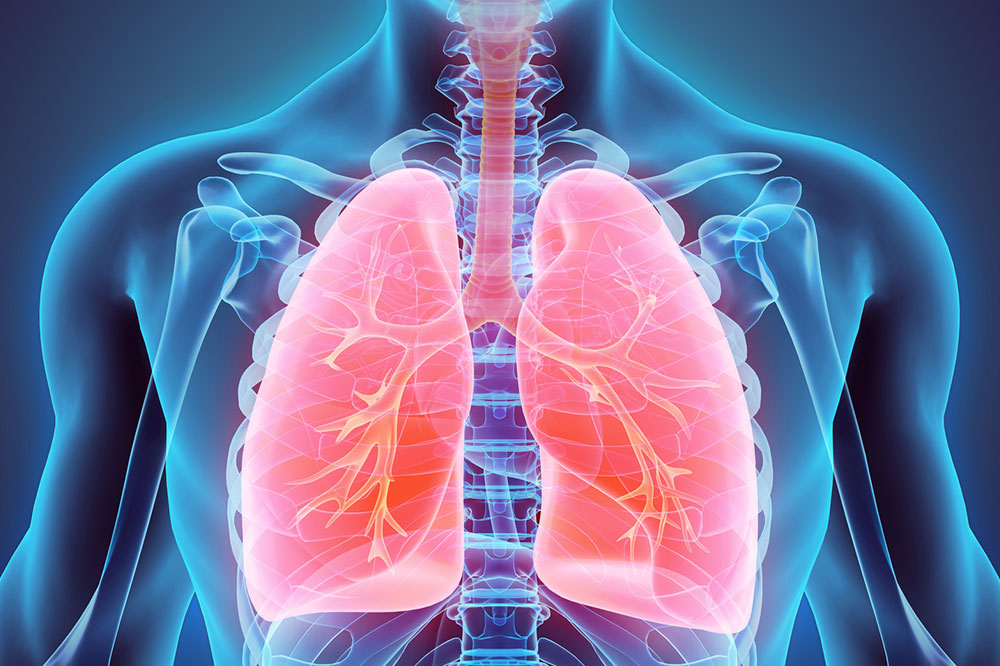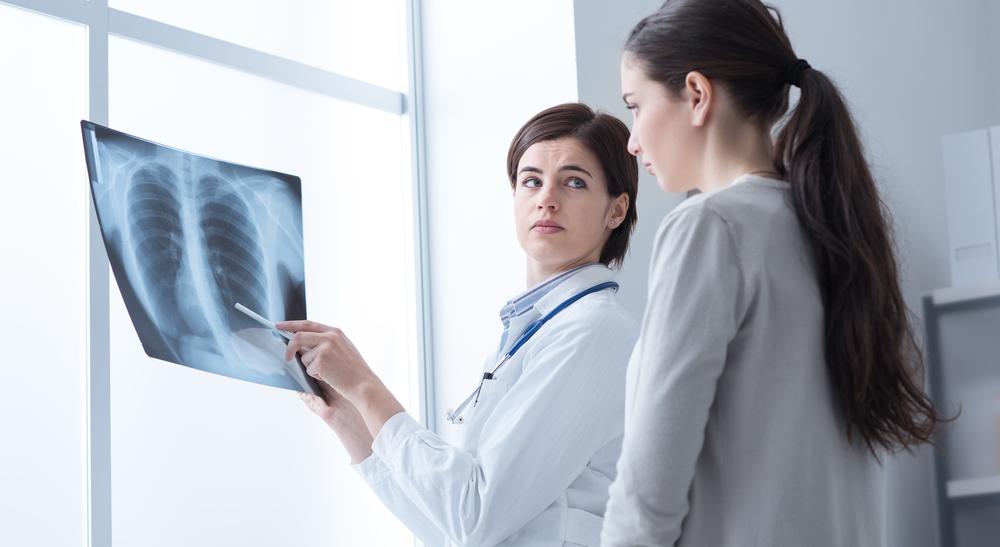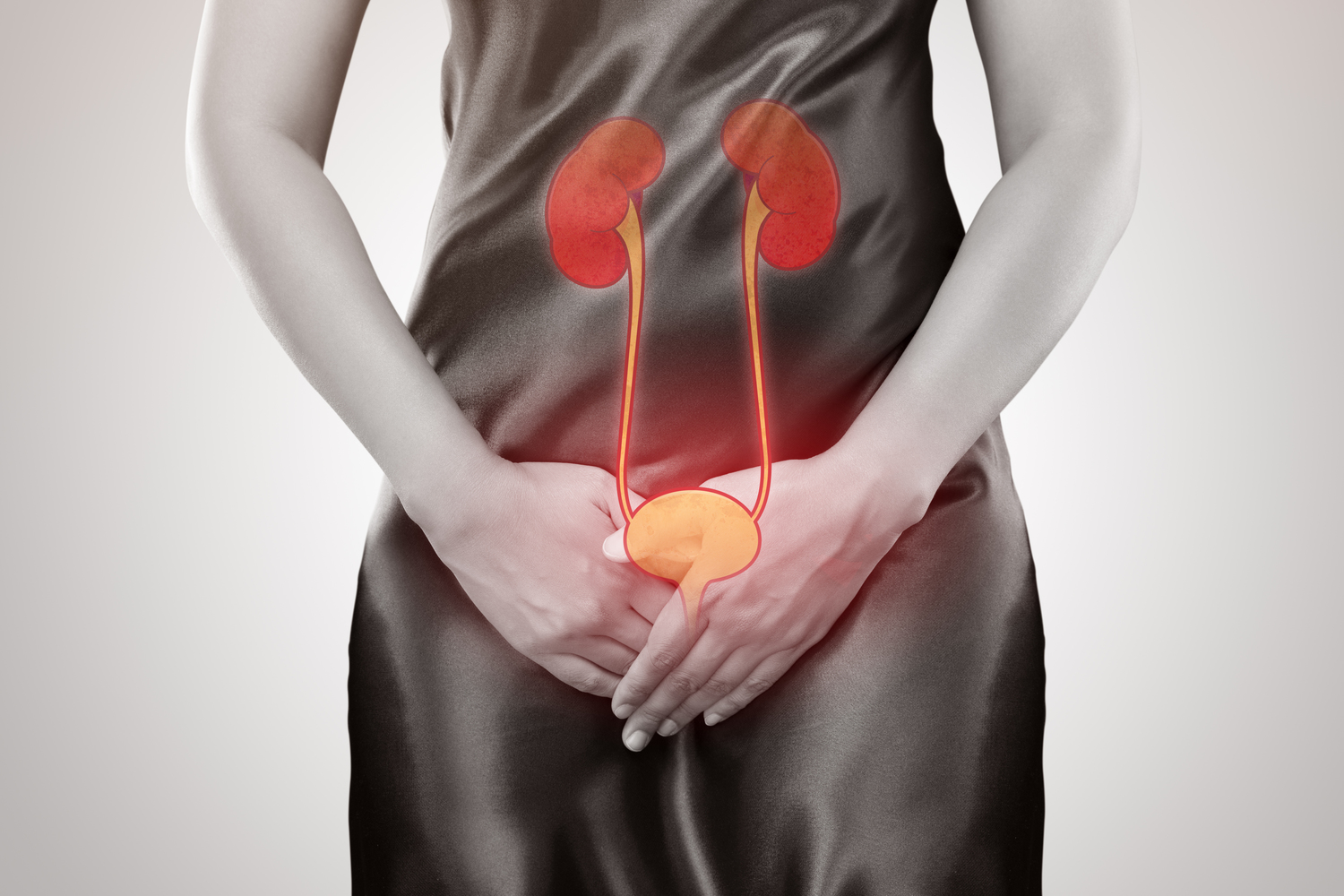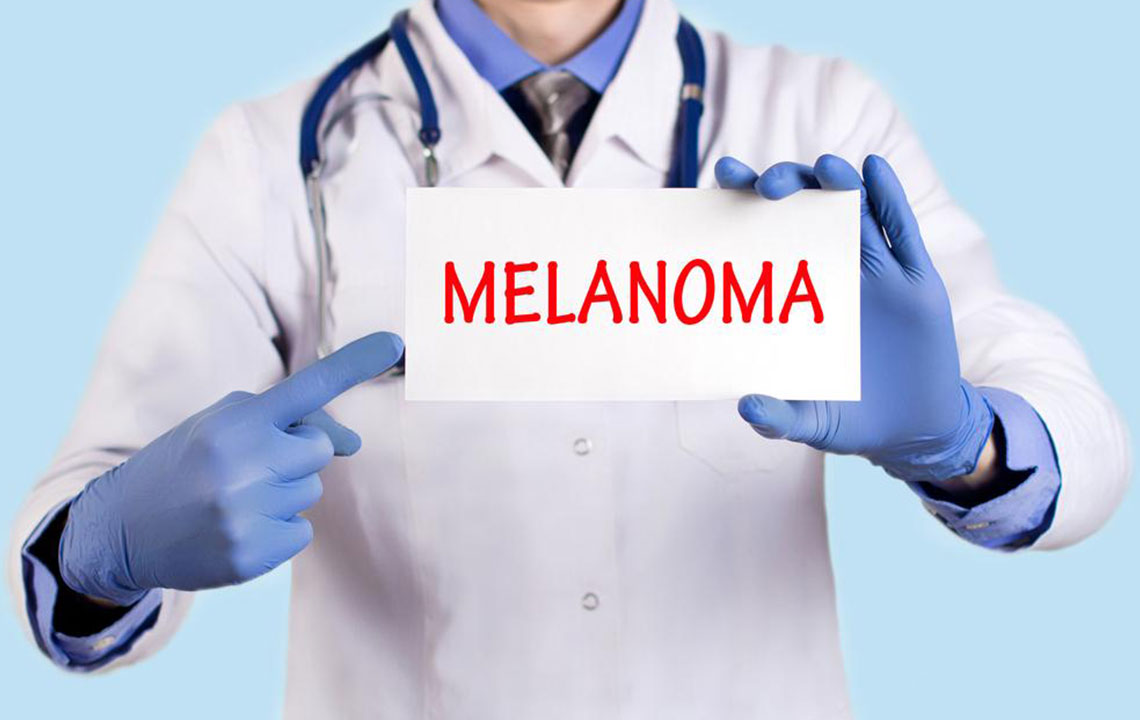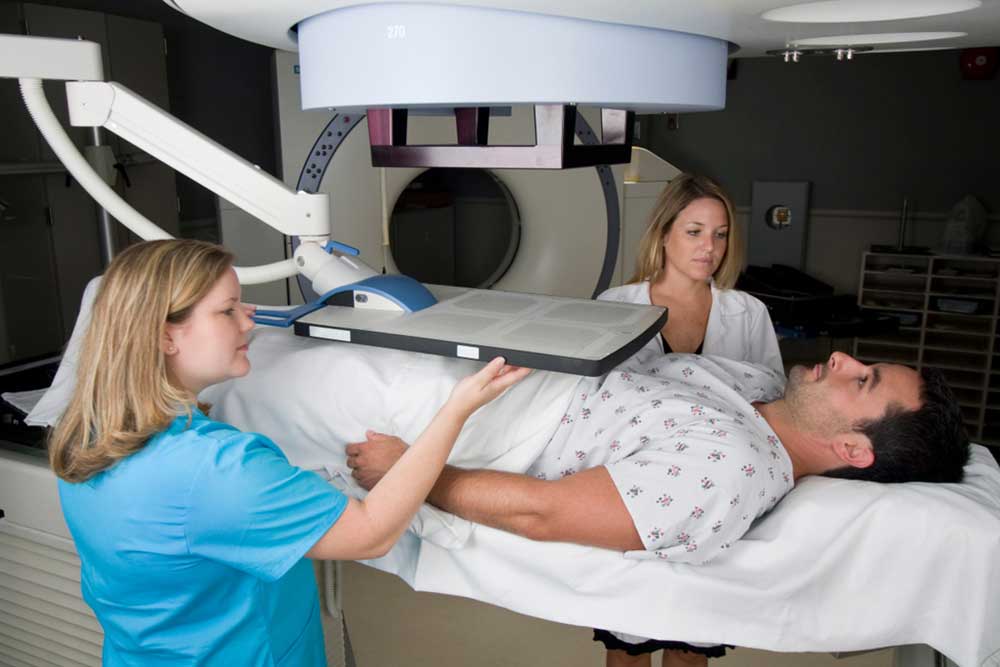Understanding Lung Cancer: Symptoms, Causes, and Treatment Options
This article offers comprehensive insights into lung cancer, including symptoms, staging, risk factors, preventive measures, and treatment options. Early detection is crucial, and understanding the disease can help patients and caregivers make informed decisions. The piece emphasizes lifestyle changes, diagnostic procedures, and modern therapies to improve prognosis and quality of life for those affected by lung cancer.
Understanding Lung Cancer: Symptoms, Causes, and Treatment Options
Lung Cancer Overview: Symptoms, Causes, and Therapies
Lung cancer ranks as one of the most prevalent cancers worldwide, affecting both men and women. It develops when lung cells undergo mutations, leading to tumor formation that hampers normal lung function. Early detection greatly improves treatment success; however, symptoms are often subtle or mistaken for respiratory infections, making early diagnosis challenging. This article explores common signs, disease stages, risk factors, prevention strategies, and available treatments for lung cancer.
Early Signs and Symptoms
Symptoms of lung cancer often appear in the later stages, but some subtle indicators may present early on, including:
Wheezing
Persistent headaches
Hoarseness
Loss of appetite
Shortness of breath
Chronic cough that worsens over time
Frequent respiratory infections like bronchitis or pneumonia
As the disease advances, symptoms can intensify and include blood in sputum, bone discomfort, and swollen lymph nodes.
Stages of Lung Cancer
Assessing how far the cancer has spread helps guide treatment options.
Non-small cell lung cancer progresses through four main stages:
Stage 1 - Cancer confined within the lung without spread outside.
Stage 2 - Cancer involves the lung and nearby lymph nodes.
Stage 3 - Cancer extends to the mediastinal area, involving more lymph nodes.
Stage 3A - Tumors in lymph nodes on one side of the chest.
Stage 3B - Spread to lymph nodes opposite the chest or above the collarbone.
Stage 4 - The cancer has metastasized to both lungs or other distant organs.
Small-cell lung cancer has two primary stages: the limited stage (localized to one lung and adjacent lymph nodes) and the extensive stage (spread beyond, affecting other organs and tissues).Risk Factors
The primary cause of lung cancer is smoking, including active smoking and secondhand exposure. However, non-smokers can also develop the disease due to various factors, such as:
Asbestos and Other Carcinogens
Workplace exposure to hazardous materials like asbestos, arsenic, chromium, or nickel increases risk, especially in smokers.
Radon Gas Exposure - Naturally occurring radon, a decay product of uranium, accumulates indoors and can elevate cancer risk.
Family History - Genetics may predispose certain individuals to lung cancer.
Prevention StrategiesWhile no definitive method exists to prevent lung cancer entirely, certain measures can reduce risk, including:
Avoid Smoking - Quitting or abstaining from cigarettes is paramount. Non-smokers should also avoid secondhand smoke.
Radon Testing - Regular testing at home, especially in high-risk regions, can help identify and mitigate radon levels.
Workplace Safety - Following safety protocols when exposed to carcinogens like asbestos, including wearing protective gear.
Healthy Lifestyle - Maintaining a balanced diet rich in fruits and vegetables, combined with regular exercise, boosts immune health.
Diagnosis and Treatment Options
To identify lung cancer, physicians utilize various diagnostic tools:
Imaging methods such as X-rays, CT scans, and MRIs
Biopsy procedures to examine tissue samples
Sputum analysis for cancer cells
Staging tests including bone scans and PET scans if cancer is confirmed
Treatment plans depend on cancer type, stage, and individual health, including options like:
Surgical Removal - Removing the tumor or part of the lung if detected early.
Radiation Therapy - Using high-energy beams to destroy cancer cells, often combined with chemotherapy.
Chemotherapy - Systemic medications to kill remaining cancer cells or shrink tumors pre-surgery.
Radiosurgery - Precise radiation targeting small tumors unable to undergo surgery.
Targeted Therapy - Drugs targeting specific genetic mutations in cancer cells.
Immunotherapy - Enhancing the immune response to recognize and attack cancer.
The survival rate varies based on age, health, stage at diagnosis, and treatment responsiveness.Optimal Nutrition for Lung Cancer Patients
Incorporating nutrient-rich foods can support immunity and improve treatment outcomes, including:
Lean meats, beans, eggs, dairy for high protein intake
Nuts and seeds
Carrots
Pears
Berries
Capers
Green tea, ginger, turmeric for their anti-inflammatory properties
Maintaining small, frequent meals and hydration helps manage treatment side effects and sustain energy levels.Important Disclaimer: Our content provides general health information based on research but should not replace professional medical advice. Readers are encouraged to consult healthcare providers for diagnosis and treatment decisions. We do not assume responsibility for accuracy or outcomes related to the information provided.

